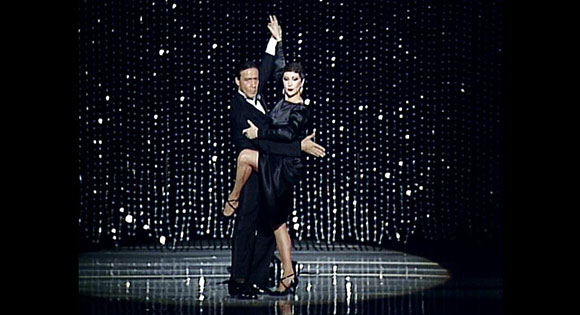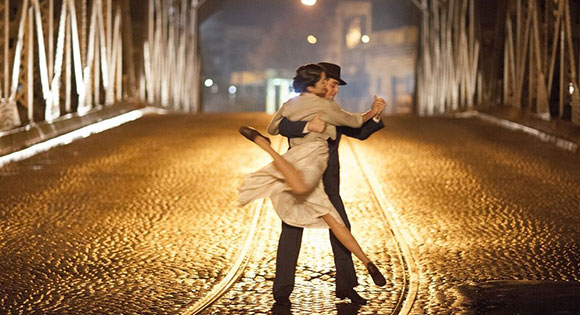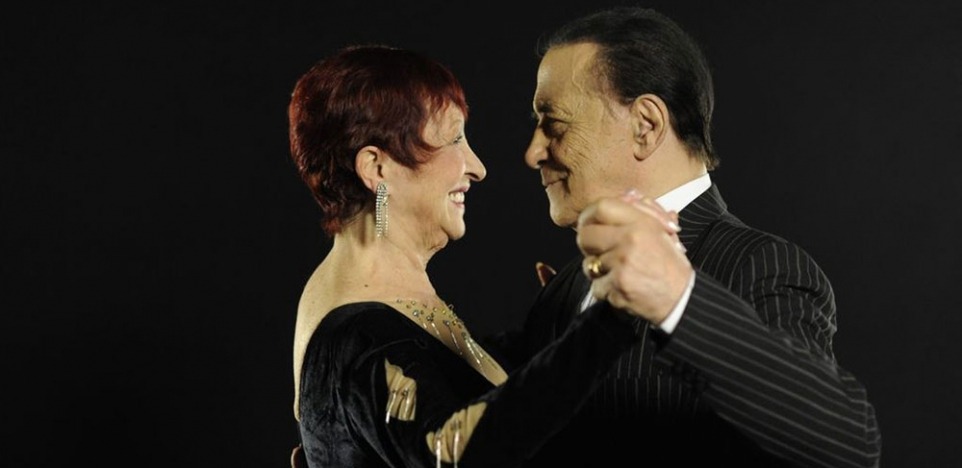Tango is an exotic and erotic dance that had its birth in the 1880s along the River Plate, which is the natural border between Argentina and Uruguay. Then it spread slowly and sporadically all over the world.
Dancers and orchestras took the tango to Europe where it became wildly popular in cities such as Paris, London, and Berlin.
As is evident in this creative presentation of the life and work of two
masters of this dance form, the tango reveals a variety of styles. Two dances move in either open embrace or close embrace. In the first, lead and follower make the most of the space between their bodies; in the second, the two dancers connect chest-to-chest or in the upper thigh or hip area. Other variations in tango include gymnastic lifts and kicks, complex footwork, or improvised movements.

In Our Last Tango the focus is on Maria Nieves Rego and Juan Carlos Copes, two Argentinian dancers who met when they were 14 and 17 and have performed together around the world for nearly 50 years; along the way, they married and divorced. Maria, now in her eighties, recounts their magical connection in the tango but also is still very angry about her husband's casual adultery and his eventual rejection of her for another woman. Juan shares the challenges he faced in the different stages of his career.
German Kral directs this imaginative documentary using many clips from Maria and Juan's performances. In other scenes young tango dancers and choreographers from Buenos Aires learn about this art form and the difficulty of keeping an intimate relationship alive while being on the road. They reenact scenes from Juan and Maria's life and also participate in conversations with Maria.

The dance sequences vividly convey the soulful connections between Juan and Maria during their long career, but once they leave the sacred space of the stage, their lives are diminished. Such is the high cost of being a true devotee of the tango when it takes precedence over everything else.
